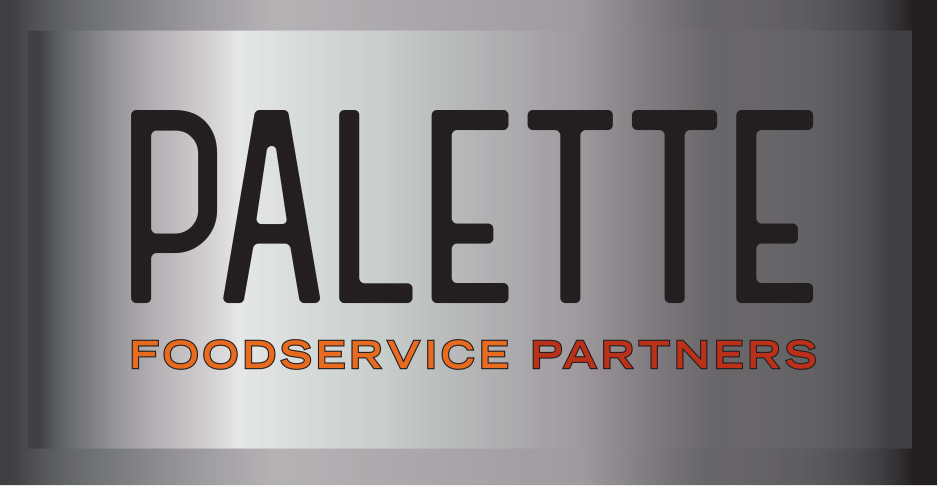 Approximately 48 million people in the U.S. – roughly one in six people – get sick, 128,000 are hospitalized, and 3,000 die each year from foodborne diseases, according to the Centers for Disease Control and Prevention. The financial impact following a single foodborne illness outbreak associated with a restaurant can run into the millions of dollars, not to mention the threats it poses to people’s lives. While these outbreaks are a significant problem, the good news is that they are largely preventable. As seasonal illnesses ramp up, do you feel your staff is focusing in the correct areas to limit the spread of infection? Prioritize the targets with the biggest protective potential – such as thorough handwashing on the job and labor scheduling to help ensure backup if and when staff are ill this winter. Your training can reinforce the “why” behind these precautions.  At a time when restaurants must justify every expense, cutting corners can seem unavoidable – especially in areas your guests don’t see or appreciate. Food safety can be one such area – after all, guests are less likely to compliment a safe dining experience than complain about one that makes them ill. But consider the numbers. According to research from the National Institutes of Health, the cost of a single foodborne illness outbreak ranged from $3,968-$1.9 million for a quick-service restaurant, $6,330-$2.1 million for a fast-casual restaurant, $8,030-$2.2 million for a casual-dining restaurant, and $8,273-$2.6 million for a fine-dining restaurant. On the lower end, they considered the likely expenses generated by a five-person outbreak with no lost revenue, lawsuits, legal fees or fines. On the higher end, they considered a 250-person outbreak, with 100 meals lost per illness, as well as high legal fees and fines. Talk to Team Four if you’d like to find out how to get more from your food safety program.  More than 60 percent of all foodborne disease outbreaks in the U.S. are caused by restaurants. If your restaurant has not, to your knowledge, caused a foodborne disease outbreak, that doesn’t mean it isn’t causing sporadic cases of illness that can occur outside of an outbreak. In a recent webcast from Food Safety Magazine, Hal King, managing partner of Active Food Safety, cited the example of one strain of Salmonella that the CDC traced backed to a single restaurant over the course of 10 years. The pathogen was on different surfaces around the restaurant over that period of time, causing sporadic illnesses there. If you hear of a guest becoming ill, consider it a warning sign about your food safety and a reason to investigate customer complaints you have received in the previous month. What patterns do you see that might help you zero in on problems in your processes?  We’re approaching the time of year when the rise of seasonal viruses can more easily mask some of the pathogens that cause foodborne illness. Doubling down on the food safety training practices that can prevent common foodborne illnesses like norovirus, salmonella and campylobacter may help you prevent larger problems. Washing fruits and vegetables carefully, cooking foods the proper temperature, keeping items left out for serving — such as gravies — at safe temperatures, and frequent hand washing with soap can all help reduce your risk.  There are almost always warning signs when a product recall is in your future, according to food safety expert Rob Kooijmans. In a recent interview with New Food, he said it’s a common mistake for people in the industry to overlook the signs – but being more vigilant could mean avoiding a food safety incident that harms someone and damages your reputation. Kooijmans said early warning signs include food safety-related complaints and repeated negative feedback from customers about a particular product or batch. When this happens, checking internal food safety protocols is important, as well as monitoring supplier food safety issues, since he said half of all recalls are the result of problems related to the supplier.  At a time when resources are scarce at restaurants, investing in food safety may not feel like a key priority. But the costs of letting it slip can be substantial: According to a study from Johns Hopkins University, the cost of a single foodborne illness outbreak at a quick-service restaurant ranges from $4000-$1.9 million and escalates to between $8,300 and $2.6 million for a fine-dining restaurant. To make sure you apply your resources in ways that make the biggest difference to your business, Steritech advises restaurants use a bell-curve model across their locations, with the high-risk, repeatedly low-performing stores and the low-risk, repeatedly top-performing locations receiving fewer resources than the middle section. While these mid performers may be underestimated, this group is often where operators can identify changes that result in significant, scalable solutions that have a big impact across stores.  Your staff may be familiar with the key foods that tend to pose the greatest risk of foodborne illness, but if your menu is changing to accommodate more plant-based ingredients, your team may need to brush up on the pathogen risks of plant-based foods. This is especially true if the foods aren’t cooked prior to service and therefore provide a more fertile breeding ground for bacteria. Items like tofu; rice; cooked pasta, chickpeas, beans and lentils; herbs and spices; nuts and fresh produce all carry foodborne illness risk. Make sure your staff knows how to prepare and store these items, as well as what signs indicate that something needs to be discarded.  At a time when the supply chain is stressed, it’s all the more important for operators to be able to know and trust the sources of the food they serve – and to be alerted quickly in case of problems. To support that process, the FDA recently announced its Foodborne Outbreak Response Improvement Plan, which includes input from (and an independent review by) the University of Minnesota School of Public Health. Food Safety News reports that the plan focuses on four areas of priority: tech-enabled product traceback, developing better systems around root-cause investigations of outbreaks, strengthening the analysis and dissemination of outbreak data, and making operational improvements to better evaluate the timeliness and effectiveness of foodborne outbreak investigations. |
subscribe to our newsletterArchives
April 2024
Categories
All
|



 RSS Feed
RSS Feed